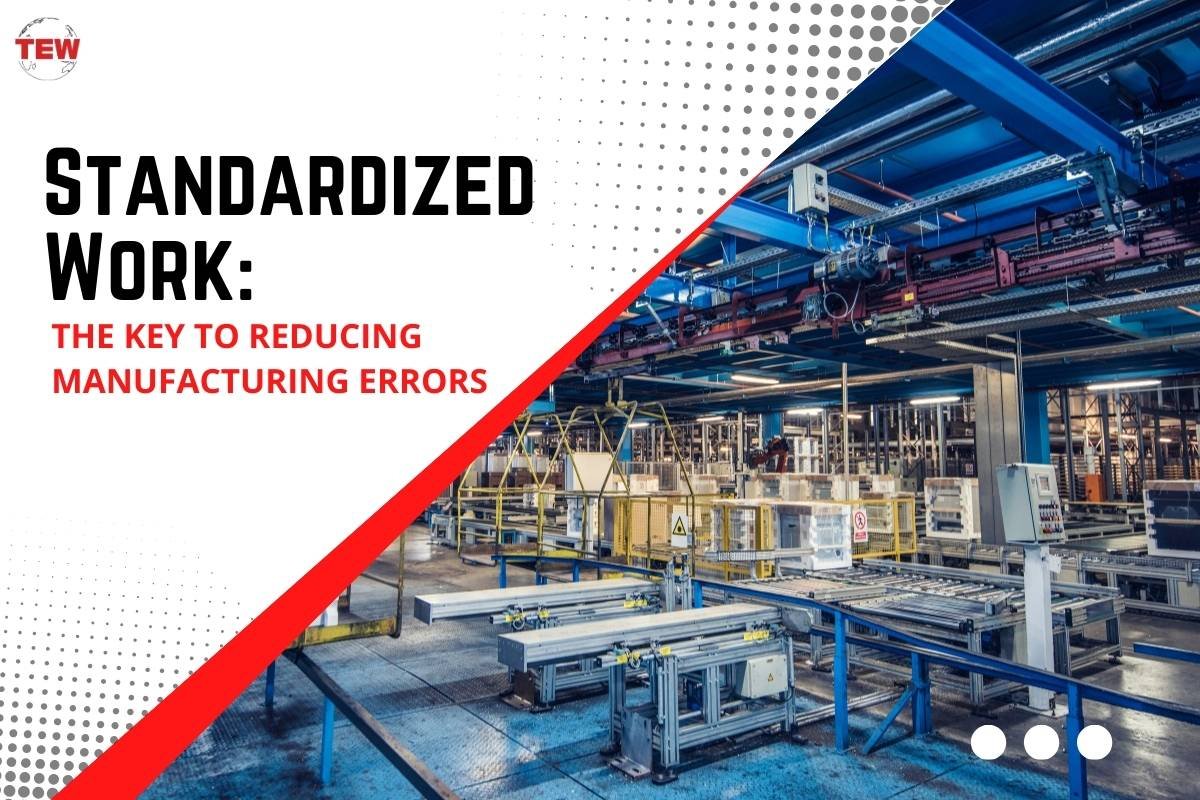When you are in the manufacturing business, staying ahead means reducing manufacturing errors that could throw off your whole operation. Think about how a single error on the assembly line can lead to a domino effect of problems. It may lead to wasted materials to delays that disappoint customers.
Hence, it is crucial to keep things running smoothly and efficiently. And to do that you need well-defined systems and processes to make sure that every part of your production is tuned to perfection.
These methods don’t just prevent problems. They can actually improve the operation, boost the bottom line, and keep your team confident and focused.
So, let’s dive into how standardizing your work processes can help in reducing manufacturing errors.
Let’s Start With Understanding the Basics of Standardized Processes
Before diving deeper, it’s crucial to grasp what exactly standardized processes entail and how they transform manufacturing operations. Standardized processes involve establishing clear, step-by-step workflows for every task in the production line. This method ensures that every action is performed consistently, efficiently, and with fewer errors.
The Role of Clarity and Consistency
Clarity

Every worker knows precisely what to do and how to do it. There’s no ambiguity, which reduces the chances of mistakes.
Consistency
When tasks are performed the same way every time, the output becomes predictable, making it easier to maintain high quality and meet delivery deadlines.
The Impact of Standardized Work on Quality Control
Standardized work is not just about maintaining a rhythm in the production line. It is more than that. It is about defining a standard – “the one best way” – for any given process.
More clearly standardized work is a holistic methodology that defines both a way of organizing and thinking about work and an approach to training people more effectively.
Here are 3 key ways to reducing manufacturing errors:
1. Enhanced Training and Onboarding
With clear processes in place, training new employees becomes straightforward. Workers can quickly learn their roles, leading to faster integration into the production line and less dependence on trial and error.
2. Quick Identification and Resolution of Errors

Standardized work allows supervisors and team leaders to quickly identify when something is amiss. Because there is a clear benchmark for how tasks should be performed, deviations are more noticeable and can be corrected swiftly.
3. Predictable Outcomes
When each step of a process is predefined, outcomes become more predictable. This predictability is crucial for quality control, as it ensures that each product meets the required standards before it reaches the customer.
Implementing Standardized Work in Your Facility
Bringing standardized work to your production floor doesn’t have to be daunting. Here are some practical steps to get you started:
1. Document Existing Processes
Start by capturing the current methods of operation. This documentation serves as the baseline for improvement.
2. Engage Your Team
Involvement from the team is crucial. Gather input on what works and what doesn’t. This collaborative approach not only improves the process but also boosts team morale.
3. Develop Clear Instructions
Create detailed, easy-to-follow work instructions for each task. Include visuals such as diagrams or photos to enhance understanding.
4. Train and Retrain
Regular training sessions are essential to reinforce the standard procedures and introduce any updates.
5. Monitor and Adjust
Continuously monitor the effectiveness of your processes. Be open to feedback and ready to make adjustments to refine the workflow.
Advantages of Using Standardized Work
The benefits of including standardized work in your manufacturing operations extend beyond just error reduction. Yes, you can experience amazing results when you employ this strategy in your work. Below are some of the visible benefits that you can expect.
1. Increased Productivity

Less time is wasted on correcting errors or figuring out how to do tasks, which means more time can be spent on productive work.
2. Lower Costs
Reducing manufacturing errors means less rework, which in turn means lower production costs.
3. Improved Employee Satisfaction
Clear expectations and consistent workflows reduce workplace stress and confusion, leading to happier employees.
4. Higher Customer Satisfaction
Quality products delivered on time lead to satisfied customers, which can increase repeat business.
Wrapping It Up
In the complex landscape of manufacturing, errors are not just inconveniences in fact, they are potential threats to your business’s viability and growth. Therefore, it is important to have some workable strategies in place to get the expected results. And with standardized processes, you can equip your team with the tools needed to perform their tasks with greater accuracy and efficiency. This will reduce the likelihood of errors and build a culture of quality and continuous improvement. As you continue on this path, you will find that these practices not only protect but also enhance your operational capabilities.




